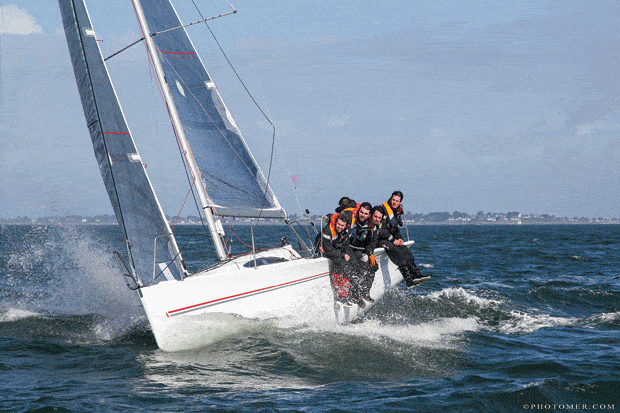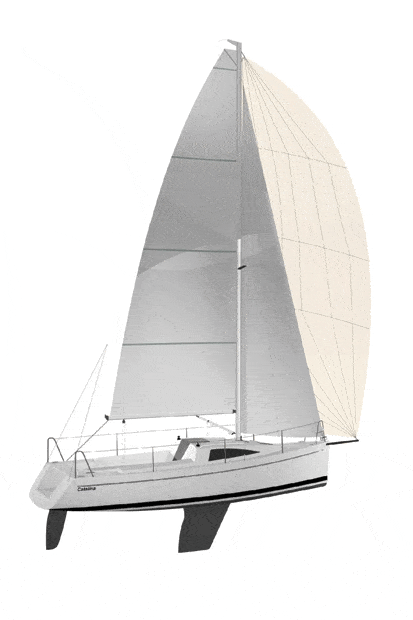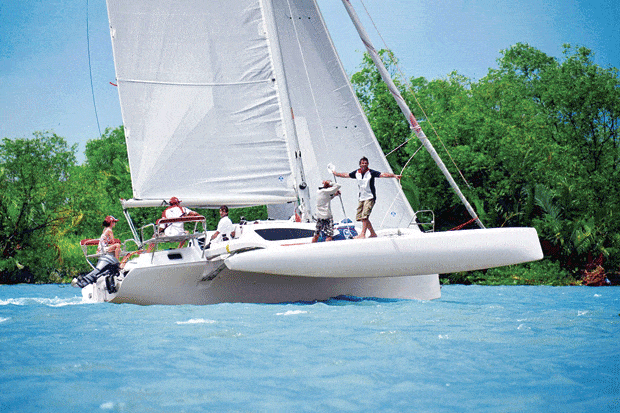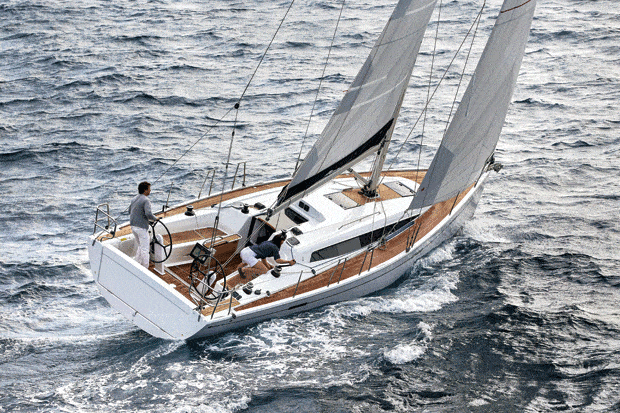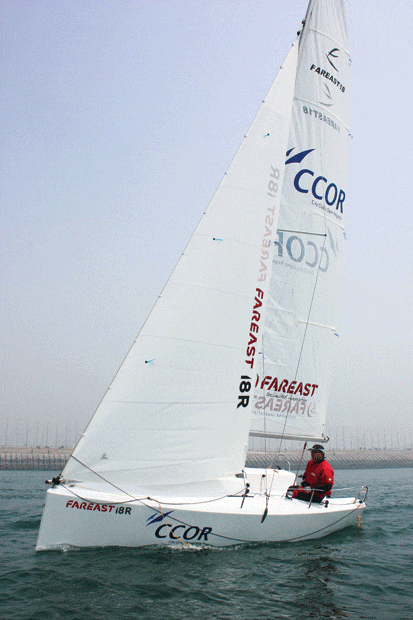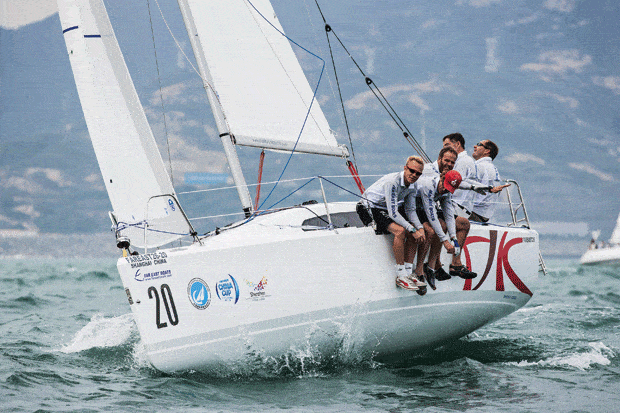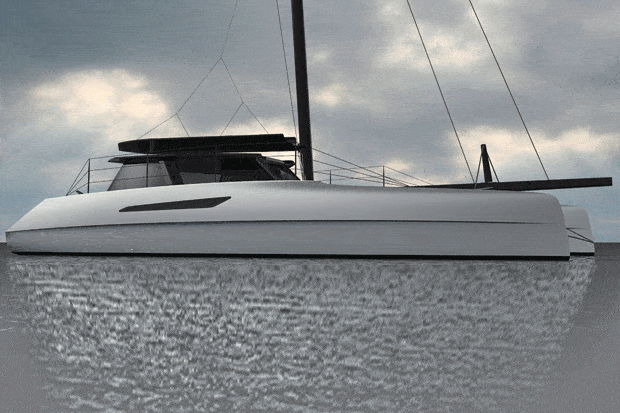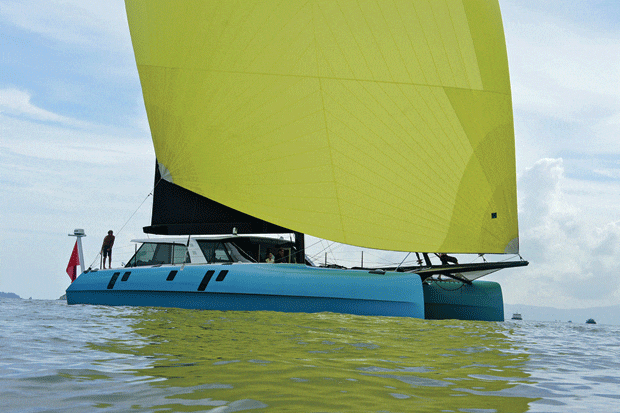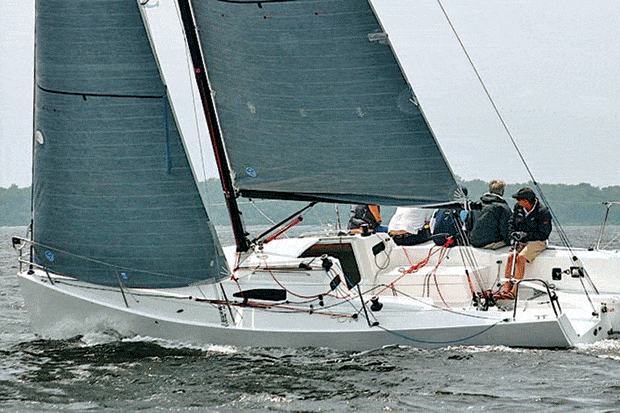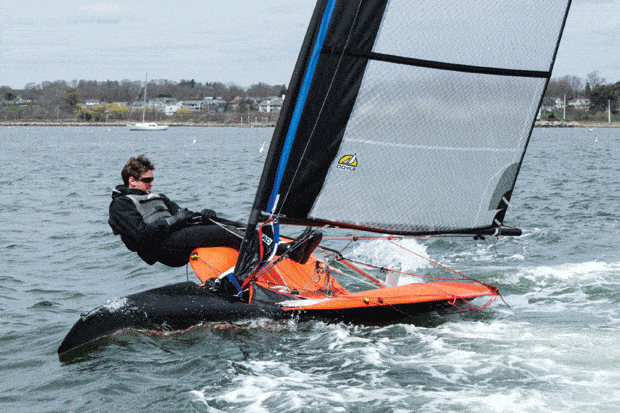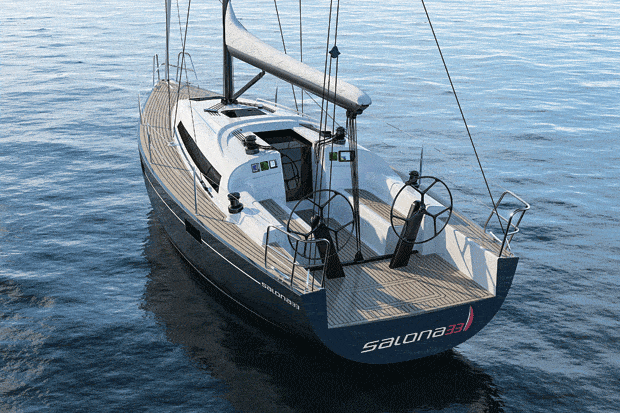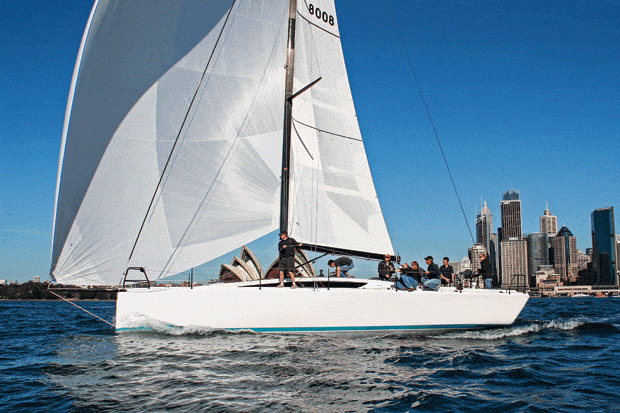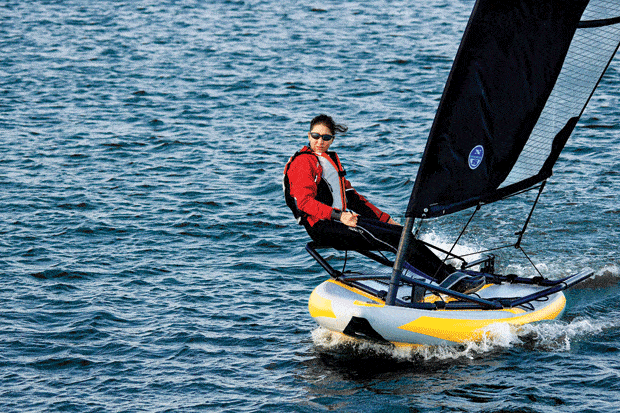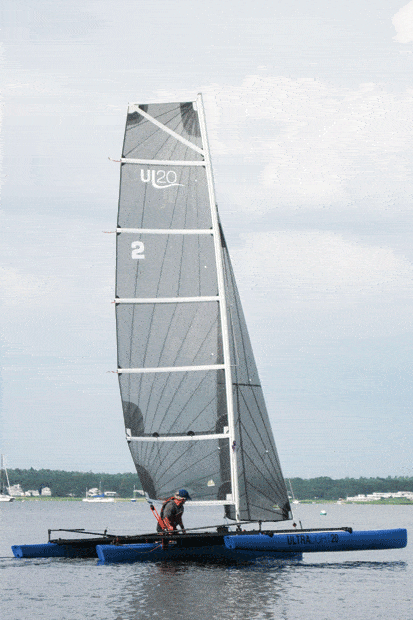The diversity of our 2014 Boat of the Year lineup is impressive: from a deluxe all-carbon cruising cat to a clever inflatable sailing dinghy. It’s impossible to say which of these 14 designs will emerge as our Overall Boat of the Year, but veteran Boat of the Year judges Chuck Allen and Greg Stewart, and returning judge Tom Rich, will have their work cut out for them. Our week of testing commences Oct. 14, so check in daily for highlights on our website and [on our Facebook page](https://www.fac
